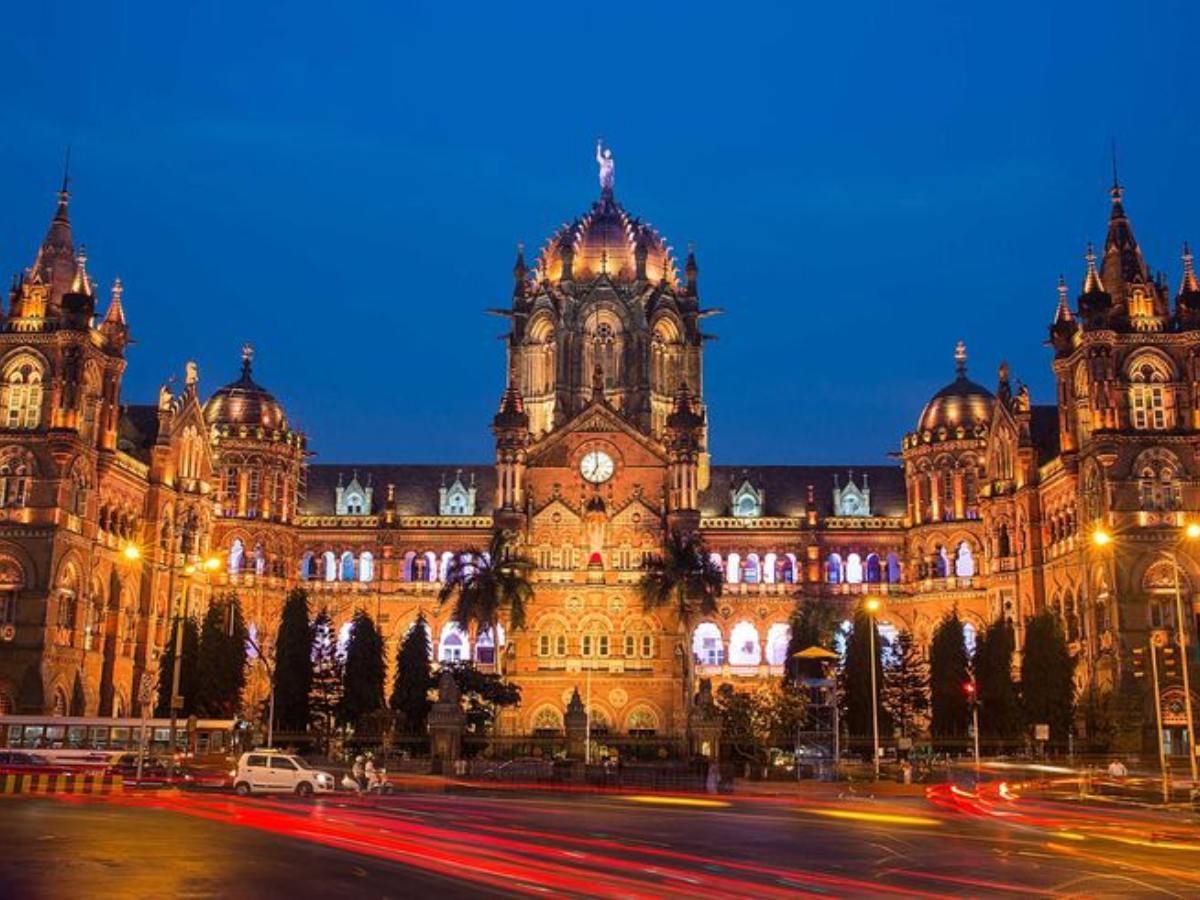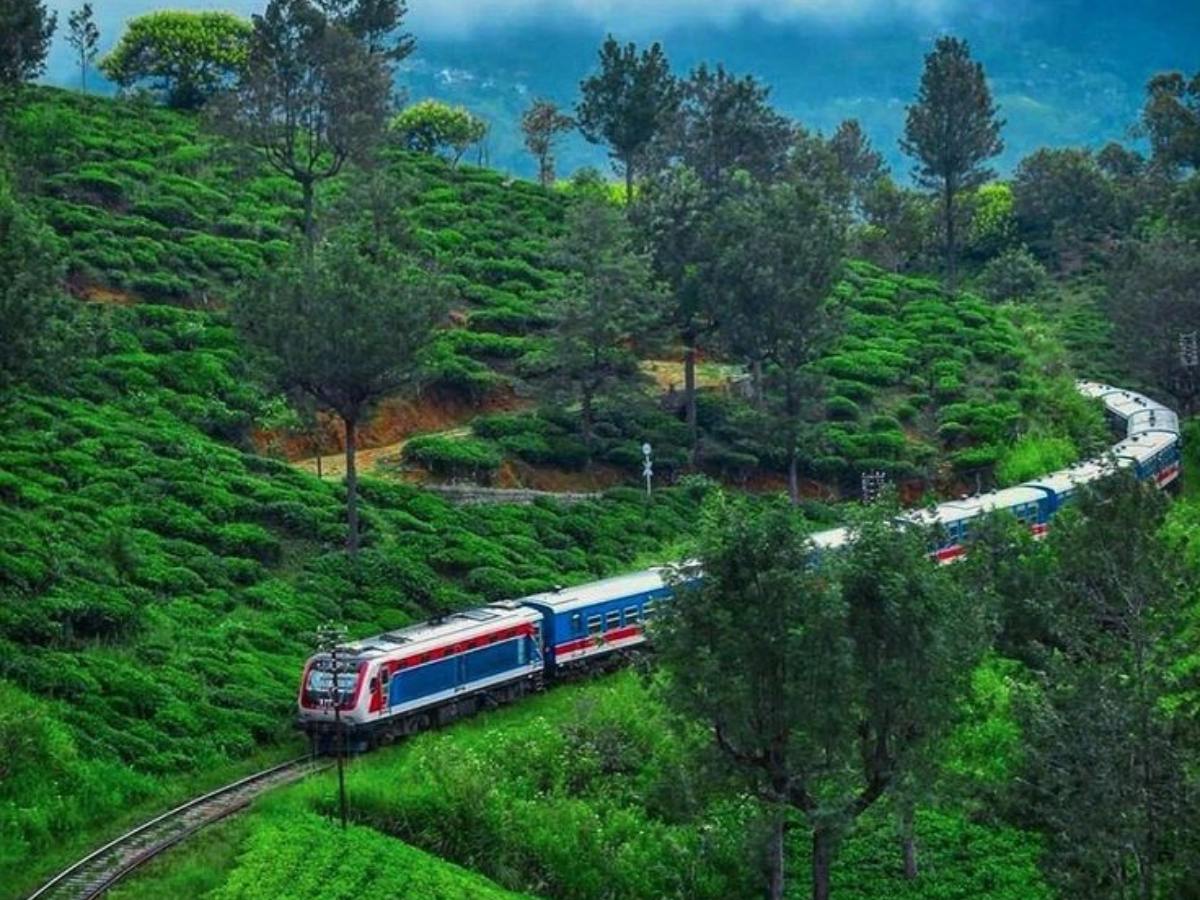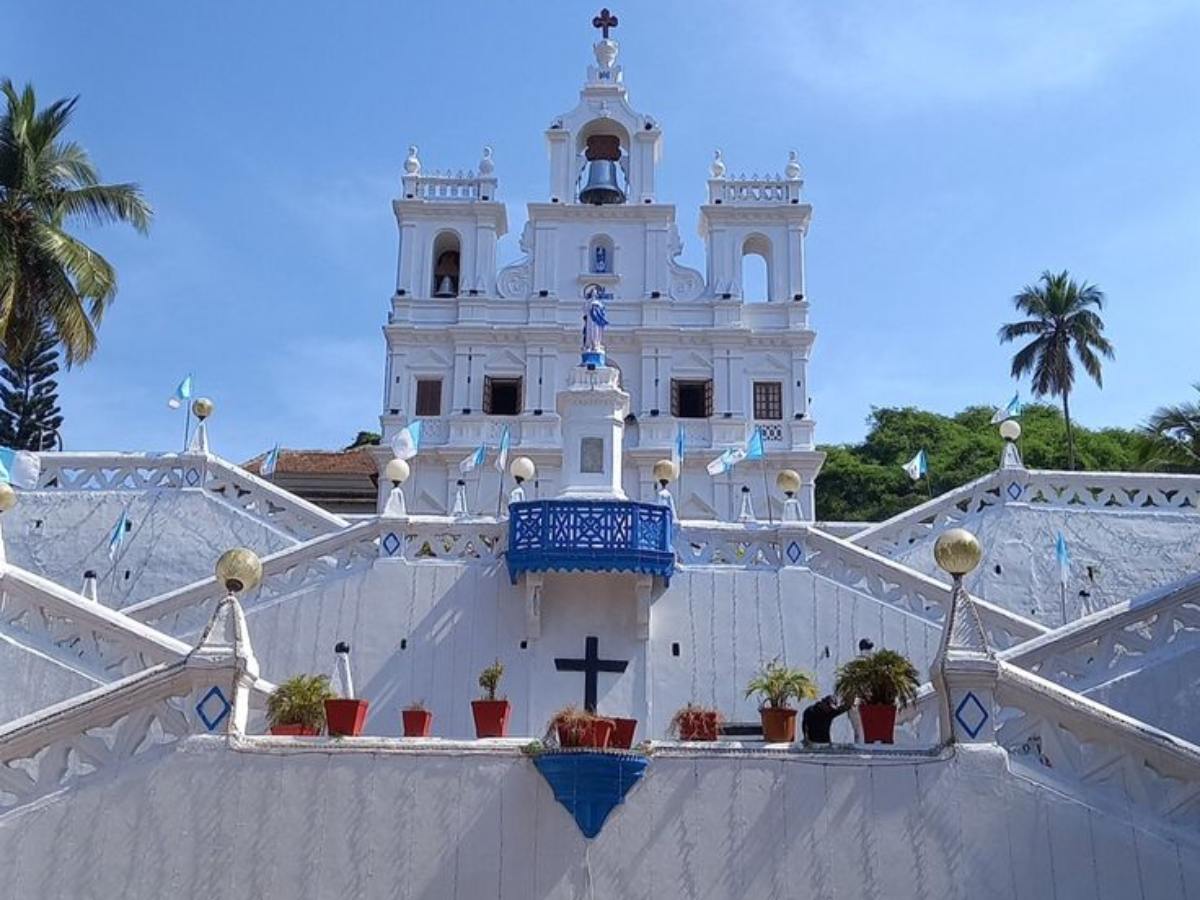Independence Day 2025: 7 UNESCO Sites That Hold The Untold Secrets Of India’s Freedom Struggle
Not Just Red Fort!
India’s freedom isn’t just written in textbooks. It’s carved into stone, whispered in corridors, and etched into the air of cities and towns that stood witness to the long road to independence.
Most travellers rush to the obvious — Delhi’s Red Fort, perhaps the most photographed symbol of August 15th. But what if we told you: the story of India’s struggle is scattered far beyond one monument? It’s hidden in forts where cannons once roared, in colonial buildings where voices echoed in protest, in ports where revolutionaries slipped into the night.
Let’s step into these living chapters — 7 UNESCO Heritage Sites where India’s freedom is not just remembered, but felt.
What makes these sites different from anywhere else in the world?
It’s not just the architecture. It’s the duality.
They’re both heritage and testimony. Beautiful on the outside, but carrying within them the pulse of a nation that refused to bow.
These are not silent relics. They speak. Of courage. Of sacrifice. Of an India that was dreaming itself free.
Tired of only visiting the Red Fort?
These UNESCO-listed gems have their own freedom stories waiting to be told.
1. Cellular Jail : Where Walls Remember the Unbroken
Andaman & Nicobar Islands
Not a palace. Not a fort. A prison. And yet, few places carry as much weight in India’s independence saga as the Cellular Jail in Port Blair.
Here, political prisoners were sent to be forgotten — shackled in solitary cells, cut off from the world. Yet here, they turned suffering into resistance. Veer Savarkar. Batukeshwar Dutt. Their names still echo in the corridors.
Walk through the narrow hallways, and you don’t just see history — you hear it in the creak of iron doors and the silence of empty cells. The light-and-sound show here doesn’t just inform; it moves.
2. Victoria Terminus (Chhatrapati Shivaji Maharaj Terminus) : A Station That Saw a Nation Move

Mumbai, Maharashtra
To the untrained eye, it’s just a stunning Gothic building with stained glass and turrets. But during the independence era, this railway terminus was a nerve centre of movement — of people, of ideas, of underground networks.
Freedom fighters boarded trains here to travel across provinces, rallying support. Political leaflets passed hands between passengers. And after 1947, this very station saw celebrations pour onto its platforms.
Today, it’s busy, loud, and modern. But stand still for a moment, and you can almost see the sepia-toned rush of history in the crowd.
3. Champaner-Pavagadh Archaeological Park : The Silent Witness to Rebellions
Gujarat
Champaner isn’t usually the first name that comes to mind when you think “freedom struggle.” Yet, this medieval city at the foot of Pavagadh Hill was a quiet theatre of resistance in Gujarat.
During the colonial period, the forests and hills became shelter for local rebels resisting British economic policies. The ancient mosques, temples, and city walls here were backdrops to clandestine meetings.
Today, the ruins are serene. But the stones have memory — of a time when the fight for freedom wasn’t just in the cities, but in the folds of rural landscapes too.
4. Mountain Railways of India : Tracks That Carried More Than Passengers

Darjeeling, Nilgiri, and Kalka–Shimla
These scenic train routes — now loved for their views — were once lifelines of the British Raj. But they also became routes of rebellion.
In 1942, during the Quit India Movement, these lines carried messengers, pamphlets, and underground leaders through the hills, often right under the noses of colonial officers.
Today, the slow clack of the toy train is charming, even nostalgic. But in its day, it carried urgency, secrets, and the heartbeat of a movement.
5. Jaipur City : Where Royalty and Resistance Met
Rajasthan
Jaipur’s UNESCO-listed walled city is a riot of pink hues and architectural grandeur. But behind the ornate façades, history tells of a delicate dance between princely states and the British crown.
Some royals cooperated with the Raj; others quietly supported nationalist causes. Jaipur was a city of secret meetings in palace chambers, coded messages disguised as royal decrees, and courtyards that sheltered political exiles.
Wander its markets today and you’ll hear the hum of trade, but somewhere in the echo is the hum of quiet defiance.
6. Churches and Convents of Goa : Where the Tide Turned Late

Goa
While much of India celebrated independence in 1947, Goa remained under Portuguese control until 1961.
The UNESCO-listed churches of Old Goa — like the Basilica of Bom Jesus — stood as grand symbols of a colonial power that refused to leave. But they also became silent witnesses to growing unrest, protests, and the final movement that merged Goa into the Indian union.
Their whitewashed walls and baroque altars may speak of faith, but they also hold the sighs of a people who waited fourteen extra years to breathe free.
7. Qutub Minar Complex : A Tower Overlooking Change
Delhi
Centuries older than the British Raj, the Qutb Minar stood as a silent sentinel through the turbulence of 1857, when the First War of Independence swept through Delhi.
Nearby Mehrauli saw fierce fighting between rebels and British forces. The complex became a vantage point for watching the shifting control of the city.
Today, tourists come for its intricate carvings and imposing height. But if you stand at its base and look up, you can almost feel the way it must have loomed over a city in revolt.
Why explore these sites for their freedom stories?
Because beauty without context is just sightseeing.
These places let you step inside the story — to feel the weight of a cell door, the echo of a station hall, the quiet rebellion of a marketplace.
They’re not just history lessons. They’re empathy lessons.
Practical Tips: How to Heritage-Travel Like a Freedom Storyteller
-
Do your homework – Read about each site’s role in the independence movement before visiting. Context turns walls into witnesses.
-
Walk, don’t rush – Give yourself time to notice the small details: inscriptions, wear on the stone steps, the view from a battlement.
-
Speak to locals – Guides, shopkeepers, even old residents often know stories that books don’t.
-
Travel light but equipped – Good walking shoes, a notebook, and your curiosity.
The hidden economy of visiting these sites
When you explore beyond the obvious:
-
You support local guides who keep oral histories alive.
-
You distribute tourism benefits beyond overcrowded spots.
-
You help keep these sites relevant for future generations, ensuring they’re maintained not just as pretty landmarks but as national memories.
Final Thought
India’s freedom story wasn’t written in one place, on one date. It was stitched together in ports and palaces, in prisons and prayer halls, in train carriages and hilltop forts.
And today, you can walk into those pages — not as a tourist, but as a witness.
Because the fight for freedom may be over, but the responsibility to remember it?
That’s ours.
News